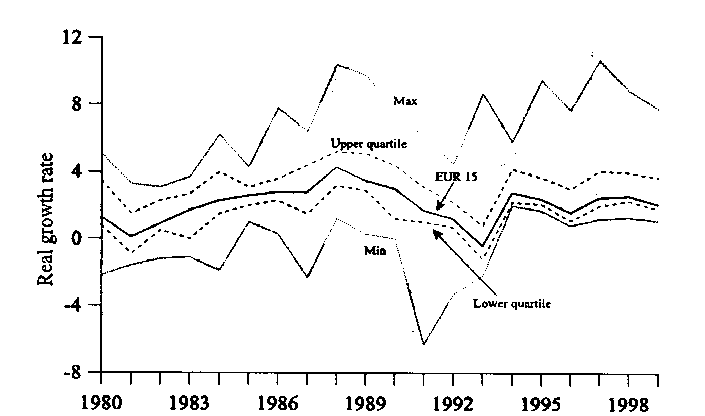Figure 4. Rate of inflation in the EU Member States, 1980-99

Year
Note: The upper and lower quartiles indicate the annual rate of inflation for the
member countries with the third highest and third lowest rate of inflation,
respectively, in the specific year.
Source: EU Commission (1999a), Annex: Table 24. Authors’ calculations.
The middle curve (EUR15), indicated by a solid line, shows inflation in the EU
as a whole in the period 1980-99. This period was characterised by a fixed
exchange rate co-operation between most Member States. The top (Max) and
bottom (Min) curves give a year-by-year account of inflation in the countries
with the highest and lowest inflation rates, respectively, and the distance
between the two rates thus visualises the maximum difference in inflation rates
between the Member States. The curves of maximum and minimum inflation
are, however, sensitive to exceptional events in individual countries. The figure
therefore also indicates the development in inflation in the countries with the
third largest and third lowest inflation rates. These quartile curves offer a more
informative picture of the actual inflation spread, as they exclude outlier
countries. Statistically the two curves approximately delimits the upper quartile
and the lower quartile, respectively, in the distribution of inflation rates
between countries for the specific year. It appears from the figure that inflation
in EUR15 as a whole has decreased, and this is an expression of the increased
emphasis on the objective of price stability; cf. the institutional set up of the
EMU. Furthermore, the spread in inflation rates has visibly decreased
17
More intriguing information
1. Spousal Labor Market Effects from Government Health Insurance: Evidence from a Veterans Affairs Expansion2. The name is absent
3. Large-N and Large-T Properties of Panel Data Estimators and the Hausman Test
4. The name is absent
5. Corporate Taxation and Multinational Activity
6. The name is absent
7. Globalization, Divergence and Stagnation
8. Education as a Moral Concept
9. Public Debt Management in Brazil
10. INTERACTION EFFECTS OF PROMOTION, RESEARCH, AND PRICE SUPPORT PROGRAMS FOR U.S. COTTON